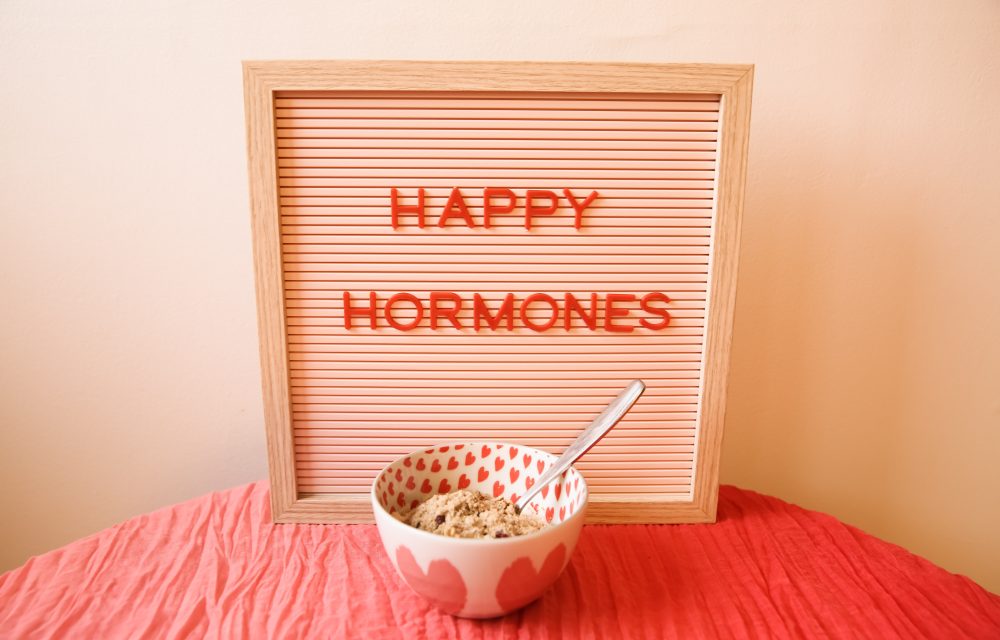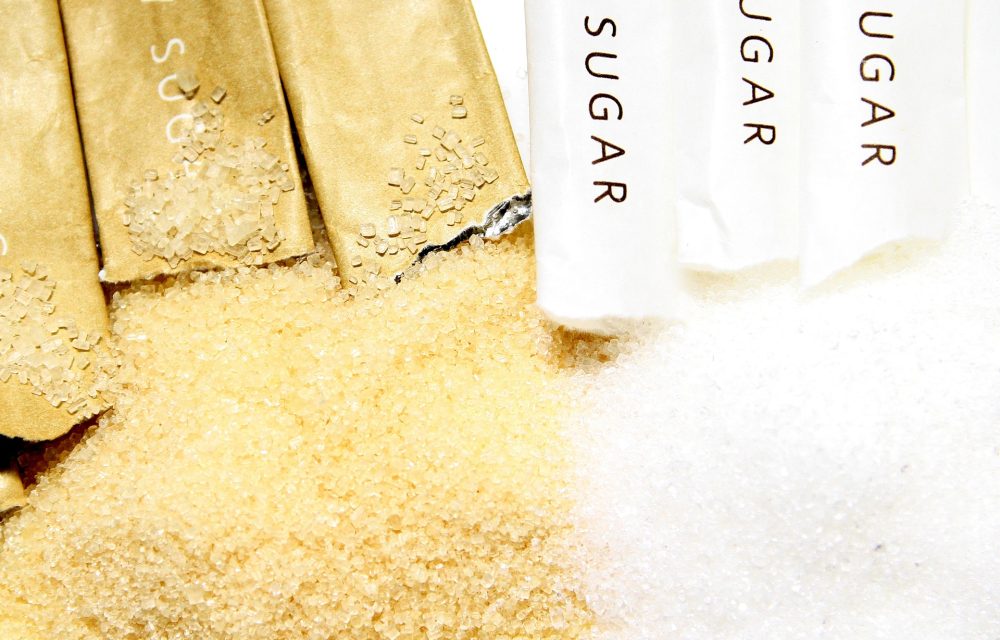Treats You Can Have In Moderation
Holidays and delicious treats go together. It’s part of Americana. Learning the treats you can have in moderation that won’t break the calorie budget can be a real benefit during holiday time. It lets you make the smartest decisions when you choose your food, especially if you’re going to splurge a little. Choose treats with portion sizes that keep the calorie count to 100-200 calories. Even if you ate one daily, it may slow weight loss efforts, but won’t stop progress completely.
Who says treats can’t be healthy?
When you think of treats, you usually think of sugary snacks made from processed white flour. That isn’t always the case. Some treats can be healthy options, but ones that add a few additional calories. Cooked-then chilled—baby asparagus with lemon butter dipping sauce is one of those examples. If you go heavy on the lemon and light on the butter, lemon-butter asparagus easily fits into your healthy eating plan. Another healthy option is fresh veggies and dip. Make a lower-calorie dip and you can make this treat a daily option.
Nuts may be higher in calories, but they’re filling and healthy options.
It’s easy to misjudge the amount of nuts you eat and why packing them in individual serving sizes is best. A bag of nuts may contain 16 ounces. If you only eat a one ounce serving, you’ll consume approximately 200 calories. What if you ate the whole bag or even half the bag? It’s easy to do. You’d consume between 1600 and 3200 calories, enough for two days’ worth of meals. Divide the bag into serving sizes and put those in individual plastic bags.
Fruit, nuts, and veggies are okay, but what if you miss cake?
Knowledge is king when it comes to eating healthy. Angel cake is truly an angel to dieters. Slice a 12-ounce angel cake into twelve servings. Each one is just 72 calories. You can make it even more special by slicing strawberries on top and putting two tablespoons of aerosol whipped topping on it. Eight large, sliced strawberries are 66 calories, and 2-T of aerosol topping is 20 calories.
- Make trail mix and bag it in 100-200 calorie serving sizes. You can include dried fruit, nuts, pretzels, popcorn, and even bits of semi-sweet chocolate. Make sure the chocolate is high in cacao and low in sugar.
- Microwave popcorn is another safe treat you can eat in moderation. Make it yourself by putting 1 ½ T of popcorn in a microwavable bowl with a loose lid. Three cups are just 72 calories. Spice it up with popcorn toppings.
- Make a healthy parfait. Put a layer of plain Greek yogurt, fresh or frozen fruit, and a half banana. Top with another layer of yogurt and a handful of nuts. Put the lid on it and store it in the refrigerator for snacks. It’s approximately 120 calories.
- Melt dark chocolate bits or a chocolate square high in cacao in the microwave and dip fresh strawberries. You can even freeze a half banana on a stick for dipping.
For more information, contact us today at Team-ISC











